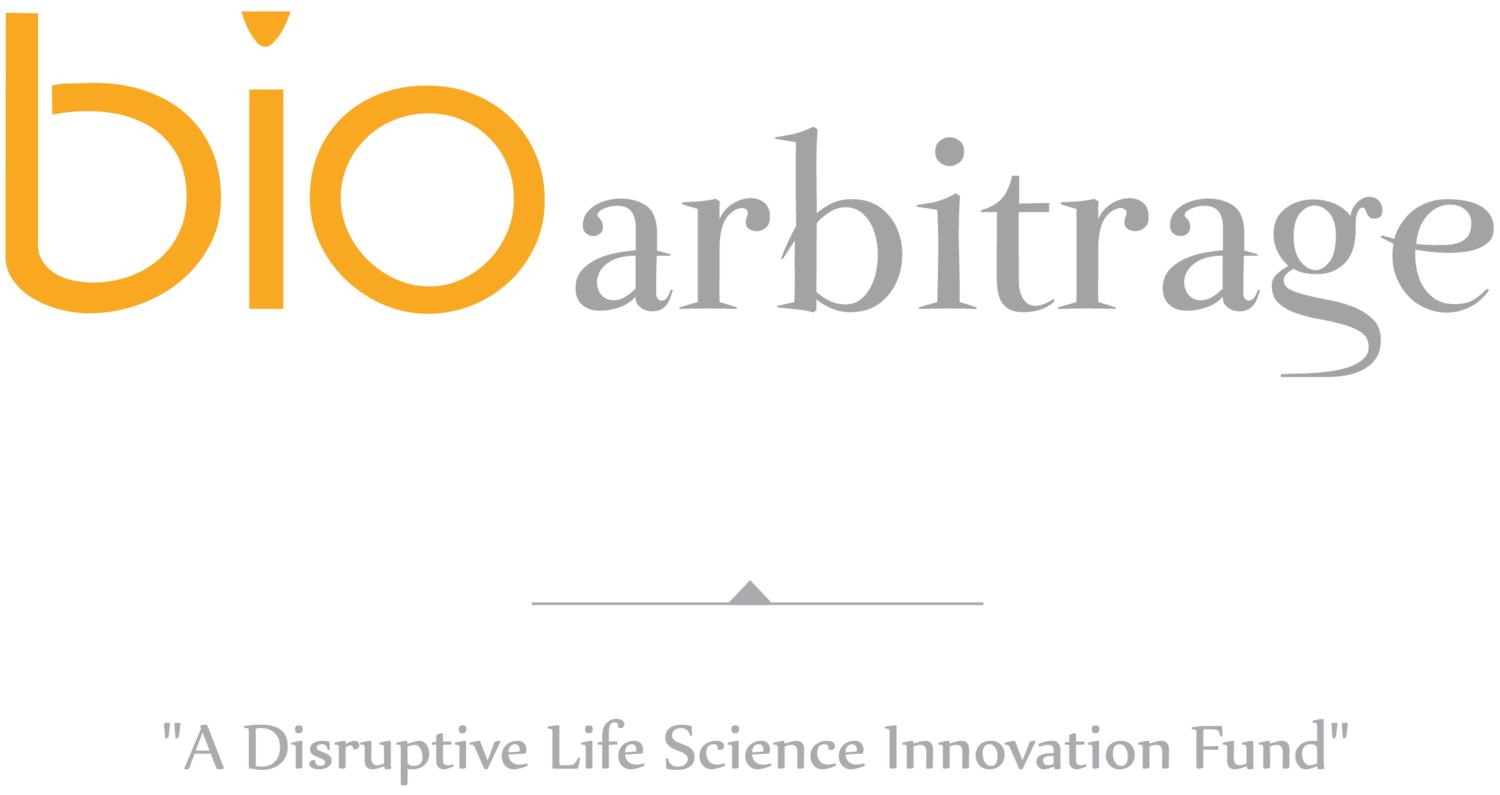Future of Medicine Blog Series - Part III: Nanorobotics
by Dhruv Gupta, August 1, 2013
What if instead of swallowing tablets everyday, we could swallow the doctor instead? Albeit a startling comparison, the idea of being attached to a doctor who is constantly repairing and retooling the human body isn't that farfetched of an idea. Enter the world of nanorobotics.
Nanorobotics and nanotechnology are paving the way for the future of medicine. Although mostly in research and development, nanorobots are defined as machines that are close to the measurement of one nanometer. These nanorobots, in the future, will be inserted into the human body and operate independently of other free flowing particles in the human body. They will be able to repair and reshape the human body from the inside out.
Nanorobotics presents itself as a disruptive technology that will be viable over 10-20 years in the future. Its presence will revolutionize the life sciences industry and lead to both new forms of medical treatment for patients and new products to administer as well. Potential uses for nanorobotics include the monitoring of a patient's vitals along with other metrics. Additionally, nano-cellular surgeries along with pharmacokinetics represent some of the other uses that nanarobotics will allow us to engage in.
Of the uses that nanorobotics enables us to engage in, surgery and repair at a cellular level represent one of the more innovative aspects of the new technology. With their small size, multiple nanorobots will be able to enter the human bloodstream at once. Additionally, we can expect the future to demonstrate the power that nanorobots have by combining with each other within the human body. ACL/MCL tears and other muscle/bone repairs can be treated from within the body, a departure from the more dangerous and destructive method of surgery which occurs from outside the body.
Furthermore, nanotechnology and nanorobotics will allow us to do more than simply repair the body; it will allow us to create new joints within the body itself. Nanorobots will be able to bring in nanomaterials into the human body, allowing for the fabrication of longer lasting implants for joint replacement. With nanorobotics, the body will become a hybrid of sorts, a mix between an organic cell structure and composite parts formed through nanorobotics within the body.
Nanrobotics along with other future technologies such as gene therapy aptly represent the transformation that medicine is undertaking. Scientists and researchers are developing technologies that can work on a microscopic level, allowing doctors to better diagnose and treat illnesses within the cell structure itself.
Explore other Future of Medicine Trends Here

